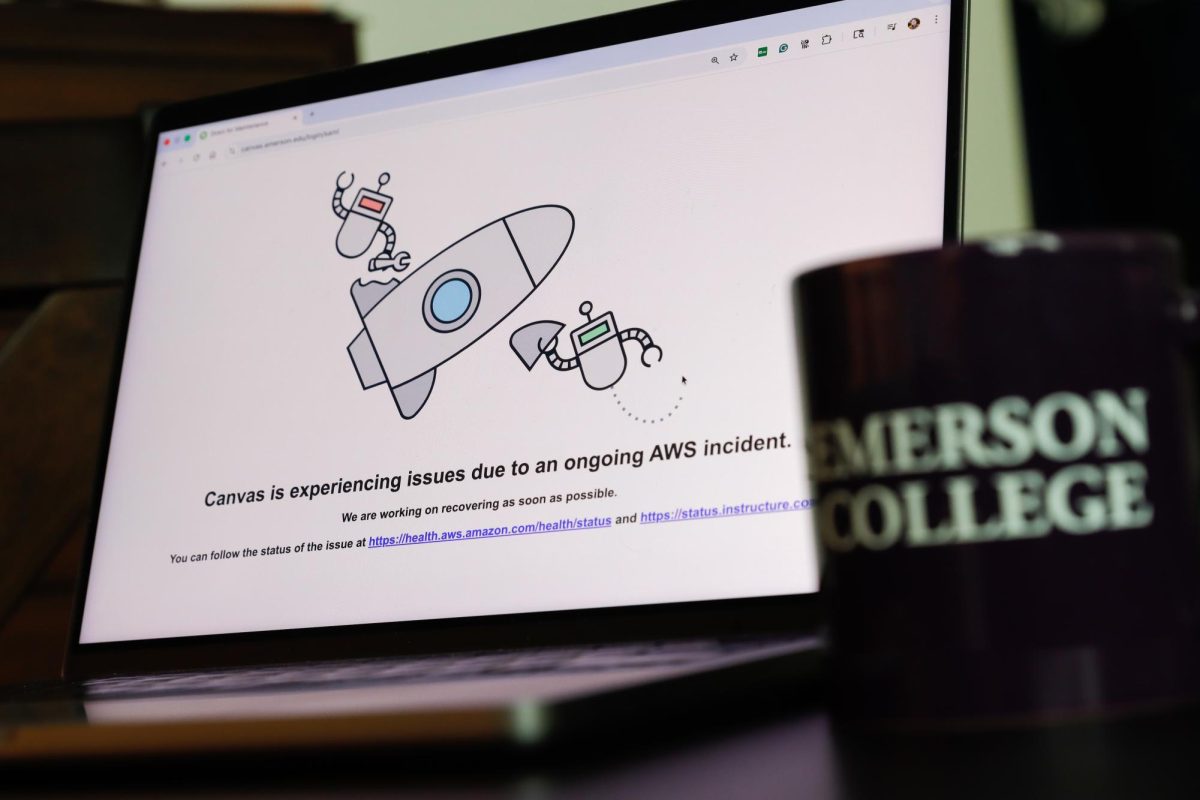Amazon Web Services’ (AWS) US-East-1 data center began reporting failures in the domain name system (DNS) resolution around 3:00 a.m. EST on October 20. This triggered several hours of broken platforms, lagging online operations, and disrupted services worldwide.
The initial DNS error, which is crucial for connecting computers to servers, set off a chain reaction of failures across multiple systems and affected numerous services that rely on AWS. Among the impacted platforms were Slack, Roblox, Snapchat, Duolingo, as well as several banking and airline websites.
Locally, many campus businesses, including Atwoods Pizza and Momonoki, experienced their online ordering services going down due to the outage.
“I was teaching a class and had no idea about the outage,” said Professor Aibek Musaev, a lecturer in the College of Computing. “I was explaining the difference between the two kinds of exceptions and actually used Amazon as an example—like, imagine what would happen if Amazon went down and a bug made it all the way to production. After class, a student came up to me and said Amazon’s actually down. I said, ‘No, it’s just an example.’ But they told me it was real.”
The outage also directly affected Tech students, as Canvas—a learning management system used by schools to consolidate assignments, grades, and course materials—was shut down.
“We have automated monitoring set up on all our critical platforms and tools, so we knew Canvas was down before the announcements went out,” said Warren Goetzel, Director of Academic Technology in the Office of Information Technology (OIT). “So we knew pretty much right away and started a major incident process. A maintenance page was put up on the website because the platform was unstable, and they didn’t want students’ experiences interrupted or data lost. The maintenance page remained up until about 7:30 p.m. on Monday.”
Goetzel’s team is part of Academic and Research Technologies (ART), which includes three teams: Digital Learning, PACE, and TAG. The Digital Learning team acts as the service manager and service owner for Canvas, as well as for all teaching and learning platforms and tools at Tech.
The first step in their major incident process is to post an update on the school’s status page. Students and staff also received emails informing them of the situation. Throughout the day, the team monitored platform statuses and communicated internally with staff. However, since the root cause was an AWS issue, there was little that could be done at the campus level to resolve the outage.
The widespread disruption, both on campus and globally, has sparked conversations about whether there is an over-reliance on cloud-based platforms.
“The outage basically put everything behind,” said Professor Jessica. “I couldn’t post slides, make announcements, or do grading because all of that goes through Canvas. It was only one day, but it disrupted the whole week’s schedule. I think this shows that there definitely is too much dependency on one very fallible system. It works most of the time, which is great, but this outage shows how vulnerable these systems are and how dependent we’ve become.”
Goetzel acknowledged that while disruptions like this can happen, outages at such scale are rare, and most platforms remain stable the majority of the time.
“Global outages like this don’t happen often,” Goetzel said. “Canvas proudly markets a 99.9% uptime. So the disruption of academic continuity is very limited. But, just like any other emergency, contingencies need to be made. We understand that disruptions to teaching and learning are very problematic, and with our increasing dependency on technology, we don’t always have a failover plan for a no-tech or low-tech option. So it’s important for folks to be mindful that it can happen and to be prepared for alternatives.”
https://nique.net/news/2025/10/29/campus-canvas-outage-disrupts-classes/?utm_source=rss&utm_medium=rss&utm_campaign=campus-canvas-outage-disrupts-classes


